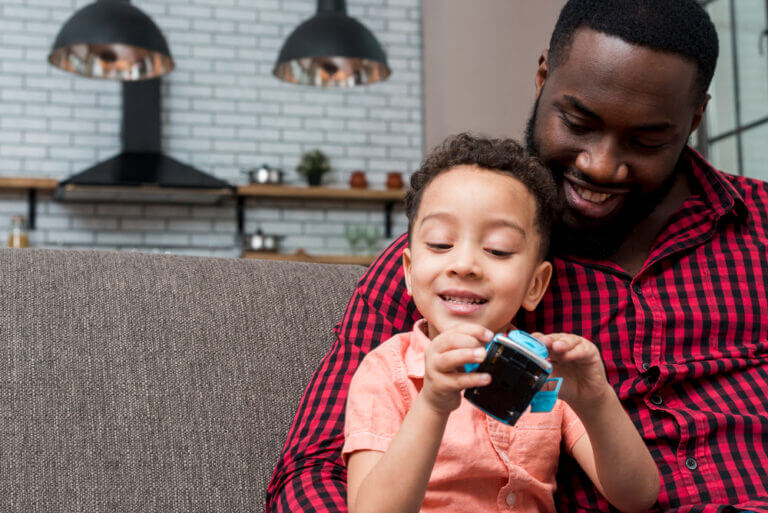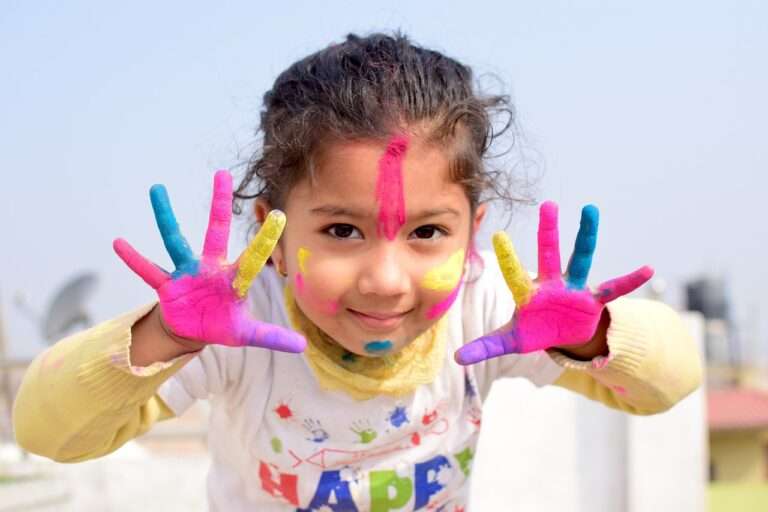Lymphoma in children
Lymphoma in children is a type of cancer that affects the lymphatic system. It can be categorized into two main types: Hodgkin Lymphoma (HL) and Non-Hodgkin Lymphoma (NHL).
Causes: The exact cause of lymphoma in children is not clearly understood, but factors like genetic predisposition and previous infections might play a role.
Symptoms: Common symptoms include swollen lymph nodes, unexplained weight loss, fever, night sweats, and fatigue.
Types:
- Hodgkin Lymphoma (HL): Characterized by the presence of Reed-Sternberg cells.
- Non-Hodgkin Lymphoma (NHL): Includes various subtypes and is more common than HL in children.
Treatment:
- Chemotherapy: Primary treatment for both HL and NHL.
- Radiation Therapy: Used in some cases, especially for HL.
- Targeted Therapy and Immunotherapy: May be used, particularly for certain types of NHL.
Prognosis and Management: Prognosis depends on the type, stage, and response to treatment. Ongoing research is improving treatment approaches and survival rates. Regular follow-ups are crucial for monitoring recovery and managing any long-term effects of treatment.
Supportive care is also an important aspect, addressing the physical, emotional, and psychological needs of the child and family during and after treatment.
------------From our Sponsors------------






